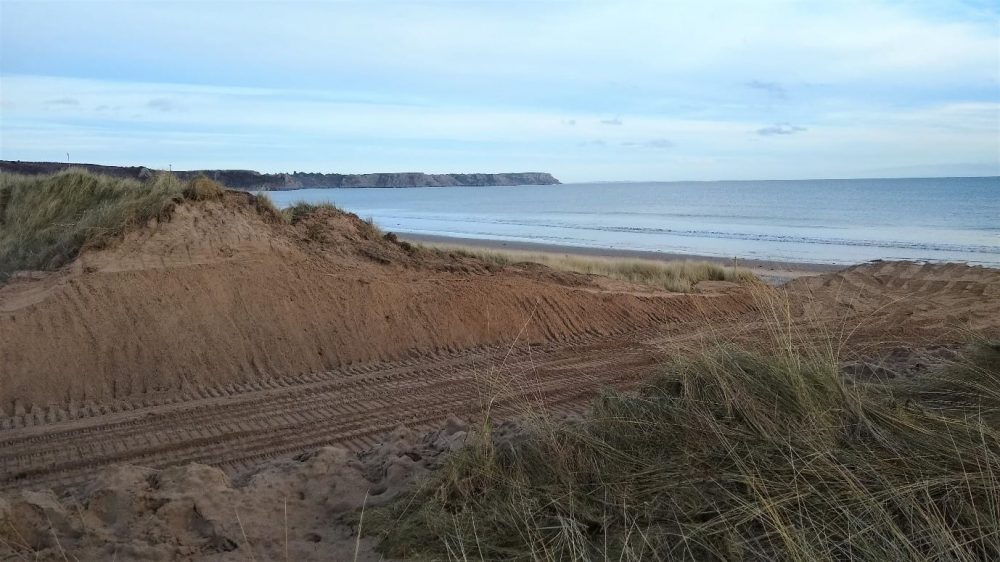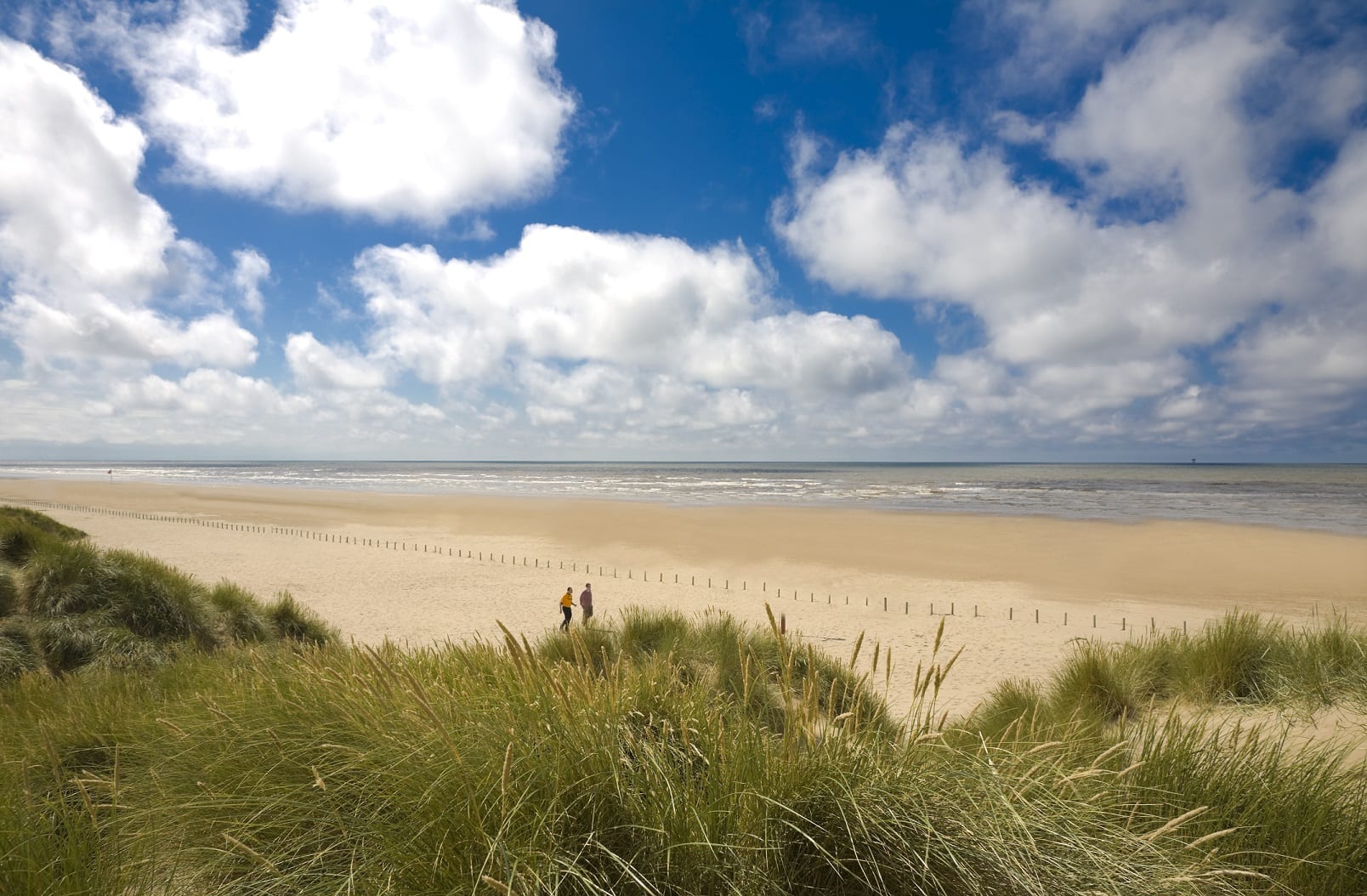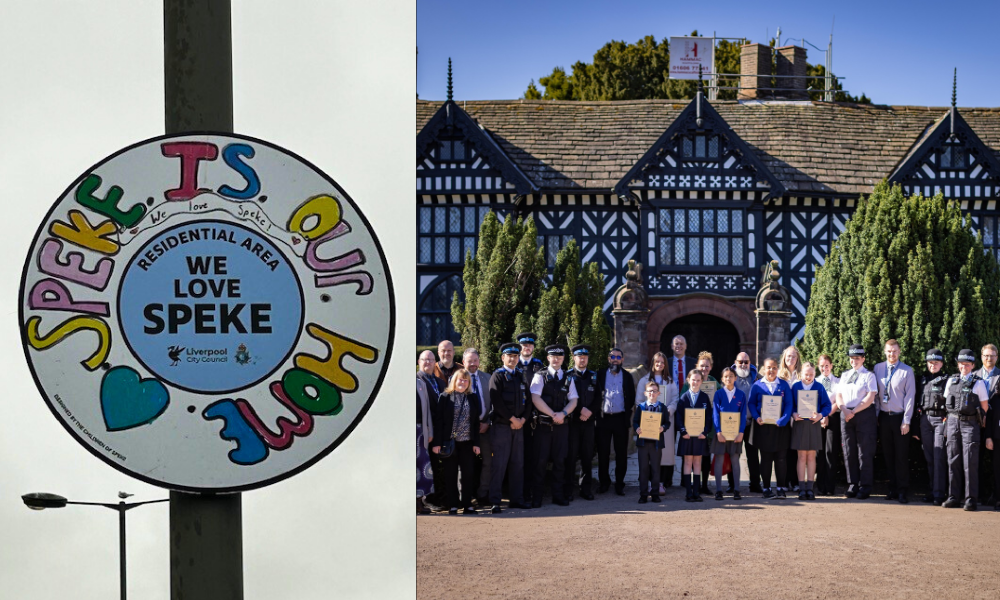
Community
Gaps to be created at Ainsdale Sand Dunes to boost biodiversity on Sefton Coast
5 years ago

Picture Credit: Pippa Hardman
V-shaped gaps will be excavated in the front of selected sand dunes at Ainsdale Sand Dunes National Nature Reserve (NNR) to improve these beautiful dune habitats for rare wildlife.
Coastal sand dune habitats are a sanctuary for special plants, insects, birds, reptiles and amphibians; the Sefton Coast is home to 40% of the UK’s population of rare natterjack toads which breed in the pools found in dune slacks.
To support these creatures and provide them with safe homes, sand dunes need to be free to move. Areas of naturally shifting, mobile sand are essential, but many of our sand dunes have become too stable and overgrown with dense vegetation.
Sand dunes are now one of the most threatened habitat types for biodiversity loss in Europe.

Natural England are working at Ainsdale (NNR) and National Trust are working at Formby to help bring natural dynamic processes back to these sand dune systems, to support wildlife. This work forms part of Dynamic Dunescapes, an ambitious project working to restore 7,000 hectares of sand dunes across England and Wales.
Starting 10th May 2021 and lasting a few weeks, several V-shaped gaps, known as ‘notches’, will be created in the fore dunes at Ainsdale Sand Dunes NNR using earth-moving machinery. These gaps will allow more sand from the beach to be moved through the dune systems by the wind.
This will create the perfect habitats for sand dune specialist species to thrive, including creating new areas of bare sand that the rare northern dune tiger beetle, natterjack toad and sand lizard needs to survive. During the work, public access along the coastal path at Ainsdale Sand Dunes NNR will be restricted, although visitors will still be able to follow a diversion along the beach.

Male sand lizard on the Sefton Coast. Credit: Natalie Hunt, Natural England, Dynamic Dunescapes
The Sefton Coast is an important place for sand lizards – one of the UK’s rarest lizards – which dig their burrows in the bare sand on south-facing dunes. This work will take place in May, after the sand lizards have emerged from winter hibernation and before they begin to breed and bury their eggs. The locations of notches have also been carefully chosen so as not to disturb our existing sand lizard populations.
Dave Mercer, Senior Reserve Manager for Natural England, said:
‘We’re pleased to be starting the notch creation at Ainsdale Sand Dunes NNR, which will have a fantastic, long- term impact on this beautiful sand dune system and on its resident wildlife. Restoring habitats and creating resilient landscapes is a vital part of Natural England’s work on the Sefton Coast, and Dynamic Dunescapes allows us to help safeguard the future of our threatened dune systems.’
The sand dune systems at Formby will also be receiving some TLC from National Trust as part of the Dynamic Dunescapes project over the next few years. Formby is an important stronghold for the rare natterjack toad, which breeds in the shallow freshwater pools that form seasonally in dune slacks.
Sefton Council is another local partner in the Dynamic Dunescapes project and work to remove invasive species is expected to start later this summer.
Gordon White, Countryside Officer for Sefton Council, said:
“The coastline is a rare asset here in the North West. While it’s popular with visitors, it needs to be managed with the utmost care and respect. Every year we work with a range of partners to undertake important habitat maintenance and improvement works, carefully selected to ensure minimal disturbance to these scientifically important sites. The Dynamic Dunescapes scheme is another exciting opportunity that we are delighted to be on board with, along with our neighbouring landowners and will help to conserve our special dunescapes for future generations.”
Notches have also been successfully created in other parts of the UK as part of Dynamic Dunescapes, including at Oxwich in South Wales.
Dynamic Dunescapes is a partnership project funded by National Lottery Heritage fund and EU LIFE programme. Project partners are Natural England, Plantlife, Natural Resources Wales, National Trust and The Wildlife Trusts.









 Subscribe
Subscribe Follow Us
Follow Us Follow Us
Follow Us Follow Us
Follow Us Follow Us
Follow Us Follow Us
Follow Us











